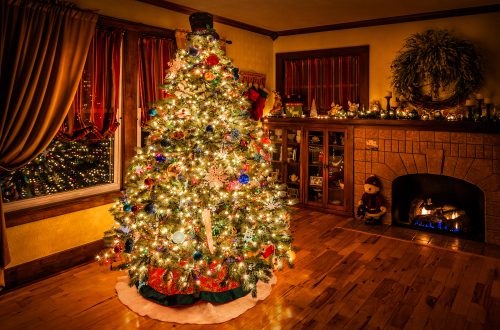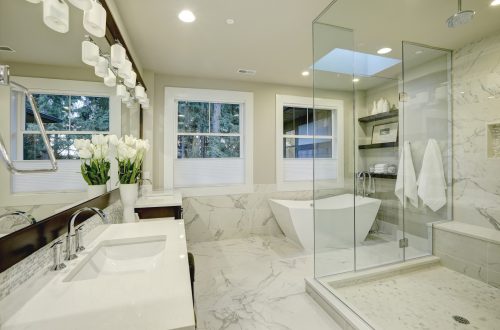The Importance of a “Solid” subfloor.
The importance of a “Solid” Subfloor
What is a Subfloor?
A subfloor is basically your current floors foundation, or what’s underneath; (typically made up of plywood or concrete; if your home is older, it could possibly be diagonal pine planks).
Being in this industry for almost 2 decades, we’ve come to understand that each and every home is different.
Even manufactured or townhomes; no two are alike with regards to settling over the years.
While different homes may have the same subfloor material, one realizes when installing, that adjusting technique is a must. Also, homes with multiple levels will have a couple of different types of subfloors. In this article, we will explain what a subfloor is, what types of subfloors exist, what happens if your subfloor isn’t sound, and what are some flooring options on each particular subfloor.
Plywood subfloors:
Plywood is the preferred material used for subfloor installation. You may find a plywood subfloor on the first, second and higher levels of a home. Plywood may also be installed on top of old pine plank subfloors for reinforcement purposes. The correct width for a plywood subfloor, currently, is 3/4″ thick. If the plywood subfloor is thinner than the proper width for installation, additional layers may need to be added to become structurally sound. Many materials can be installed over a plywood subfloor; including any floating flooring system, and solid hardwood flooring. Glued-down luxury vinyl or ceramic tile installed directly on top of plywood is never recommended or advised.
Concrete subfloors:
Concrete subfloors are found most often on ground level or below; like basements, and/or first floors. Due to natural moisture in concrete, there are some materials recommended more than others as floor coverings for this particular subfloor. Preparing the concrete slab for the installation of whichever material you choose is of the utmost importance. Ideally, the goal to be achieved before installation of any material is for the surface to be as flat as possible. It may only require something as minimal as layers of dash patch to achieve a smooth and relatively flat surface. In other cases, the concrete slab may need a full cement floor pour to achieve the same goal.
Ideal materials to cover concrete and/or cement, are ones that can withstand some moisture. COREtec is an excellent example of this. Not only is it clickable and a floating floor system, but it is water and mold resistant. Any type of tile is also ideal for a concrete subfloor, as well as luxury vinyl. And with all the new choices in color, pattern and texture offered with these materials, whatever look you’re trying to achieve will surely be accommodated.
What if my Subfloor isn’t “Solid?”
Having a sound subfloor is crucial in keeping the integrity of which ever floor covering you choose. Many people do not realize how much of an impact a subfloor has on the finished product of a particular flooring installed on top of it.
We seem to run into many common issues with subfloors- Especially older subfloors.
Concrete subfloors: cracking, uneven, pot hole type holes,
Plywood: holes, creaking/squeaking, movement water damage and rot.
With each issue that arises, rest assured, it can either be repaired or replaced, to make you’re subfloor install-ready.
If you have any questions about YOUR subfloor, or what material would be best suited for it, just leave us a message on this blog post and we’ll do our best to provide you with a solid recommendation.


47 Comments
Pingback:
Pingback:
Pingback:
Pingback:
Pingback:
Pingback:
Pingback:
Pingback:
Pingback:
Pingback:
Pingback:
Pingback:
Pingback:
Pingback:
Pingback:
Pingback:
Pingback:
Pingback:
Pingback:
Pingback:
Pingback:
Pingback:
Pingback:
Pingback:
Pingback:
Pingback:
Pingback:
Pingback:
Pingback:
Pingback:
Pingback:
Pingback:
Pingback:
Pingback:
Pingback:
Pingback:
Pingback:
Pingback:
Pingback:
Pingback:
Pingback:
Pingback:
Pingback:
Pingback:
Pingback:
Pingback:
Pingback: